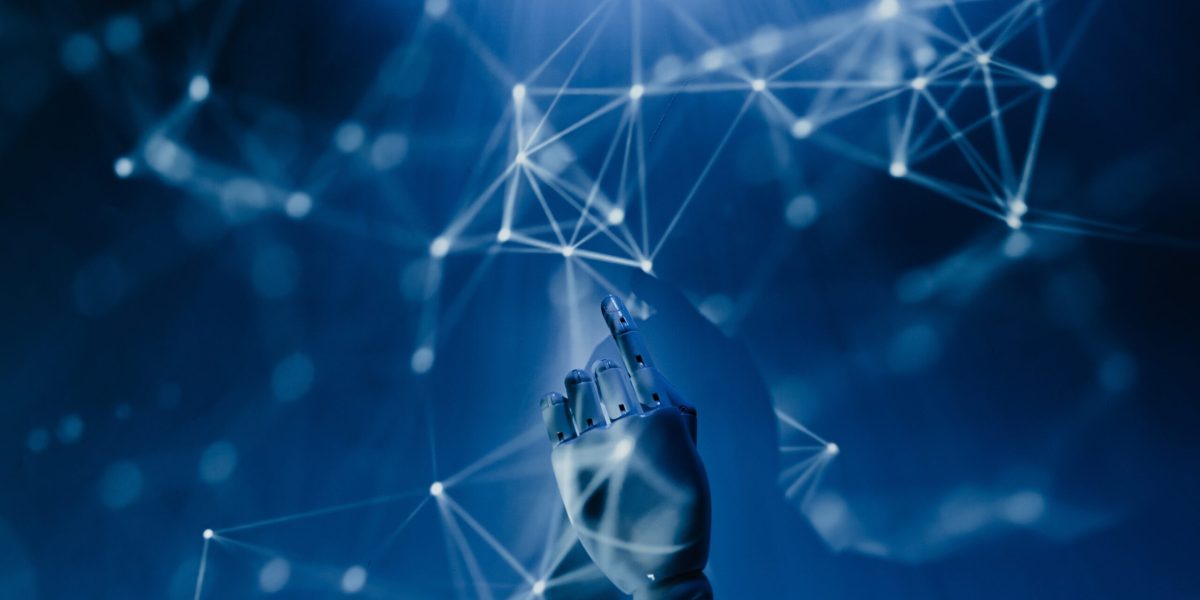Patenting AI Innovations
Artificial intelligence (AI) is revolutionizing data analysis in many industries and has a wide range of applications. Since major investments are made in the technology and the resulting models and applications may have considerable value, it is relevant to consider how the resulting intellectual property can be protected
Patenting of AI inventions can be considered to be closely related to patentability of software. The patentability of software-implemented inventions varies from country to country. In Europe, a computer program is patentable if it performs an operation that has a “further technical effect”. In the US, the question of patentability of software is based on whether the method performed by the program is abstract or not. In practice, software can be patented in both Europe and the U.S. if it contributes to solving a technical problem.
Development of AI may involve several areas that can generate IP. In machine learning (ML), which is as subset of AI, a model is improved based on training data in order to make predictions or decisions. One development aspect may involve improvements to models or creation of new models. A second area relates to how the model is trained and could include, for example, new ways of providing useful data. A third area relates to the application in which the trained model is used and how it is integrated in a system or device.
General considerations
- Are patents or trade secrets the best option for the IP solutions?
– Can the implementation be reverse-engineered?
– Will infringement be detectable?
What are the chances of meeting the patentability requirements? How would a patent serve the business objectives?
Will the scope of protection be broad enough?
What is the life-time of the invention?
A first issue to deal with when patenting AI is eligibility. While there is still only limited case law, the European Patent Office (EPO) recognizes the increasing importance of AI. The European Patent Office (EPO) has updated the Guidelines for Examination to include a section on the patentability of AI and ML (GL-II, 3.3.1).
It is clear from these guidelines that the EPO views AI as a subset of mathematical methods. This means that AI-enhanced computational models and algorithms are not patentable as such. As an example, a new neural network model would not be patentable in itself. However, a specific technical use of a neural network may be patentable if it solves a technical problem. The guidelines provide two examples of applications that would be considered to have a technical character: 1) the use of a neural network in a heart-monitoring apparatus for the purpose of identifying irregular heartbeats, and 2) the classification of digital images, videos, audio or speech signals based on low-level features.
In the U.S., there are no specific guidelines for AI yet. In 2019, the USPTO released revised guidance on patent subject-matter eligibility, including software, abstract ideas, and mathematical concepts. The revised guidance may be applied to claims within AI and ML. A patent eligible example is a computer-implemented method of training a neural network for facial detection, comprising collecting a set of digital facial images, applying transformations to the digital facial image, creating training sets, and training a model using the training sets.
If the AI innovation meets the criteria on eligibility, the next hurdle is novelty and inventive step. An invention must be new and inventive to be patented. While the case law is evolving, it is likely that it will be difficult to patent standard ML technology in a new application without a further non-obvious contribution to the field of technology.
However, if the AI/ML needs to be adapted to the technical field it may be seen as nonobvious. Moreover, improvements in model, training or application that contribute to the technical use may improve the chances of obtaining a patent.
Identifying the invention
What technical contribution does the invention make?
Is the model itself improved? Does it improve the functioning of the computer itself or another technical process?
Does the invention involve a new way of training a model? Does the training involve technical aspects?
How is the trained model applied? Is it integrated or used in a new way in a technical application?
In summary, AI and ML inventions are patentable, provided that the specific invention makes a non-obvious contribution to a technology. In order to increase the chances of obtaining a patent, a number of considerations need to be taken into account when drafting the patent application, including solving a technical problem and details about the algorithms. Since the requirements vary between the major patent offices, different angles and approaches will have to be included when drafting the patent application.
Need to know more?
If you wish to know more about patenting of AI, please feel free to contact any of HØIBERG’s experts.
